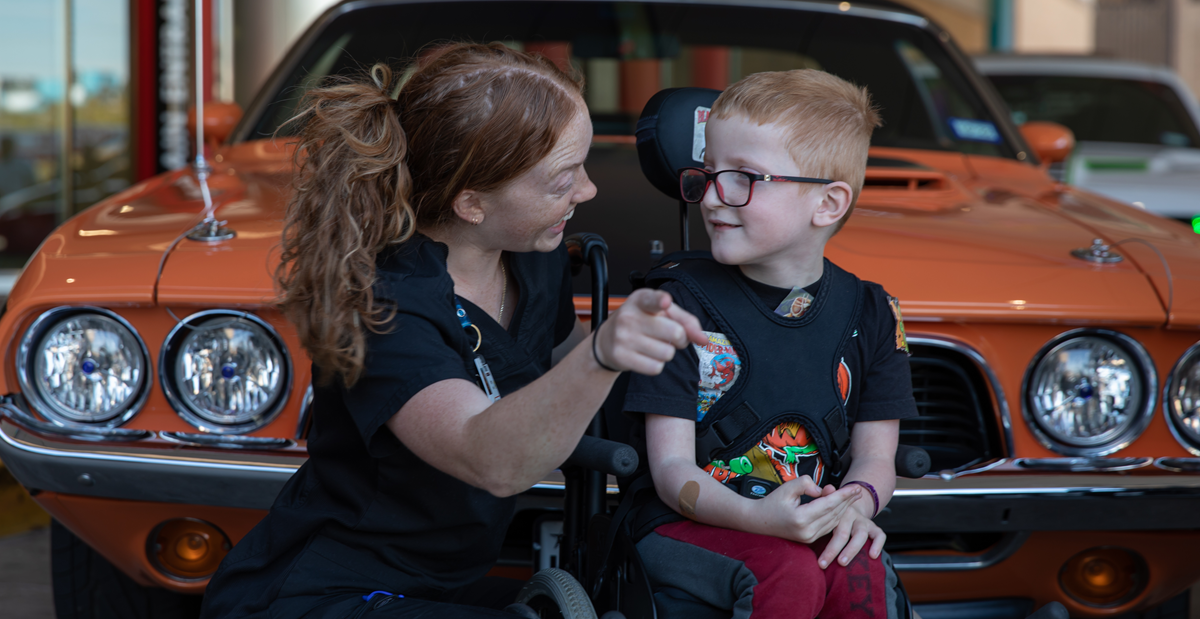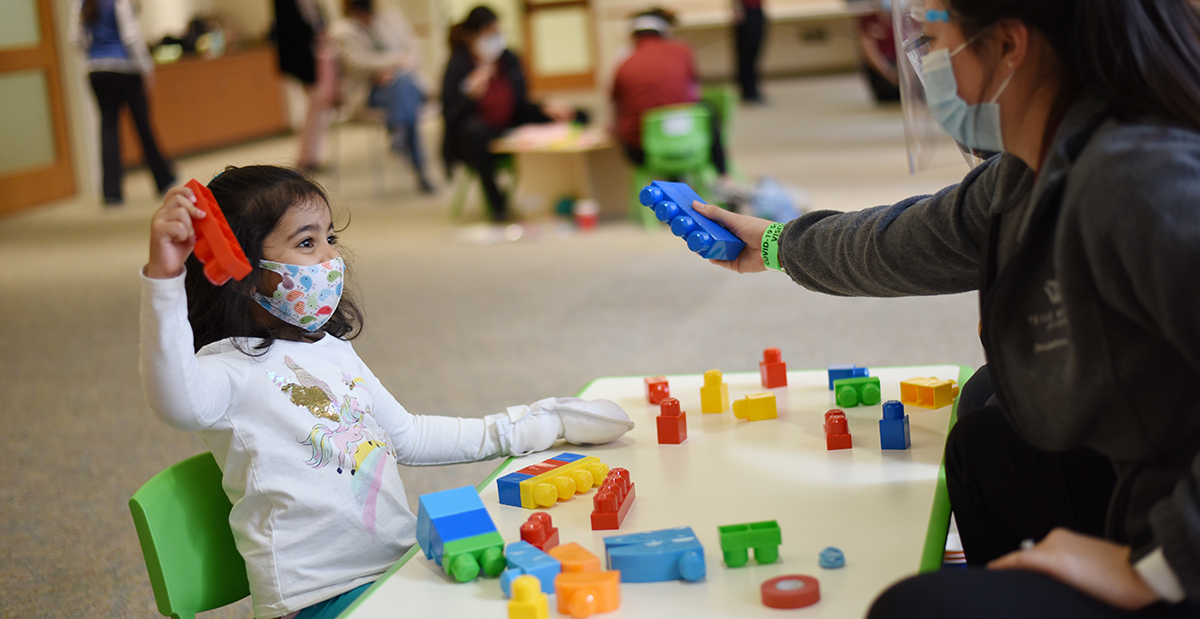As a member of her school’s drill team, Kyler has an unmatched love for dance that shines. Before she could learn her first routine, the 12-year-old had to overcome challenges that made moving around difficult. When Kyler took her first steps as a toddler, her parents...














